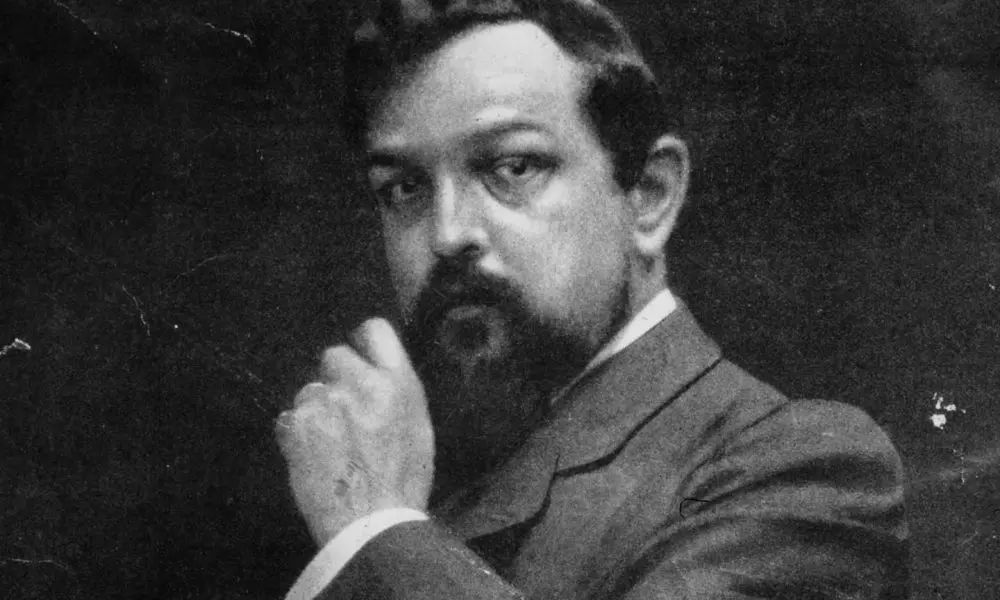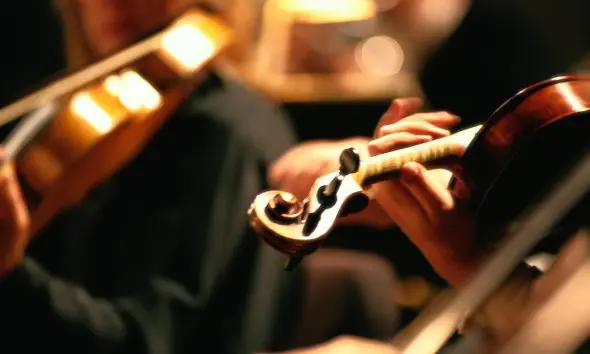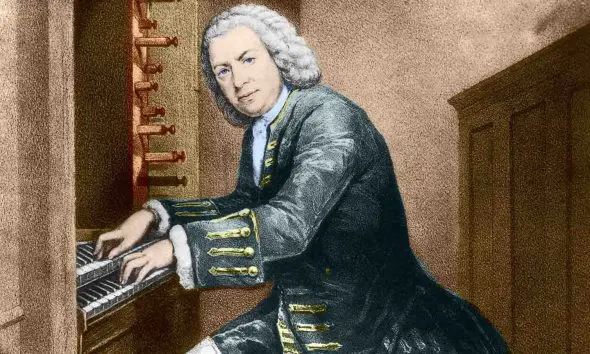Best Debussy Works: 10 Essential Pieces
Discover our selection of the best Debussy works including ‘Suite Bergamasque’ and ‘Prélude à l’Après-Midi d’un Faune’.

Claude Debussy was one of the most influential composers of the late 19th and early 20th centuries and is regarded as the founder of musical impressionism. When challenged by the registrar of the Paris Conservatory as to what rule he followed when composing, Debussy replied disarmingly, “Mon plaisir!” Reacting against the dominant influence of Germanic music with its logical rigors of form and development, he sought a new music of color, sensation, fleeting mood, and relaxed form that would be distinctively French, as well as distinctively his own. He developed a highly original system of harmony and musical structure and his later music was perceived as sharing certain characteristics with the Impressionist painters, Monet, especially. Scroll down to discover our selection of the best Debussy works including ‘Clair De Lune’ (from Suite Bergamasque, 1890–1905), Prélude à l’Après-Midi d’un Faune, Pelléas et Mélisande (1902), and La Mer.
Listen to the best of Debussy on Apple Music and Spotify.
Deux Arabesques (1888/1891)
Although quite an early work, Debussy’s Deux Arabesques for piano contains hints of the composer’s developing music style. The suite is one of the very early impressionistic pieces of music, following the French visual art form, and portrays evocative scenes through music.
Suite Bergamasque (1890, rev.1905)
Suite Bergamasque is a four-movement suite – ‘Prélude’, ‘Menuet’, ‘Clair de Lune’ and ‘Passepied’ – for piano. The relaxing music is inspired by a poem, written by French poet Paul Verlaine, and pre-echoes the hazy, impressionistic textures of Debussy’s later work, especially in his best-loved piano piece ‘Clair de Lune’.
String Quartet in G Minor (1893)
Debussy’s String Quartet in G Minor, one of his earliest masterpieces, combines alluring melodies with exhilarating rhythmic freedom and paved the way for Prélude à l’Après-Midi d’un Faune the following year. Debussy expanded the sound of the string quartet with various novel textures and tonal effects. With exotic scales, unconventional chords, progressions, and key changes, the music features melodies and harmonies unique for their time.
Prélude à l’Aprés-Midi d’un Faune (1894)
It is often said that the era of modern music began with a single work in 1894: Claude Debussy’s Prélude à l’Après-Midi d’un Faune for orchestra. Based on Mallarmé’s poem, Debussy considered the Prélude to be evocative “of the successive scenes in which the longings and desires of the faun pass in the heat of the afternoon”. Debussy stretched the traditional system of keys and tonalities to their limits. The Prélude is one of the most popular pieces of music ever and inspired many composers, including Leonard Bernstein and Boulez.
Pelléas et Mélisande (1902)
Pelléas et Mélisande is the only opera Debussy ever completed and is considered a landmark in 20th-century music. The French libretto was adapted from Maurice Maeterlinck’s symbolist play Pelléas et Mélisande. Debussy underlines Maeterlinck’s symbolism with astonishingly original music, even though his use of motifs to identify all the actors and other forces is quite Wagnerian.
La Mer (1905)
La Mer is Debussy’s most popular and widely performed concert work. These three orchestral ‘symphonic sketches’ capture Debussy’s almost superhuman ability to translate the play of light on the water and the sea’s place in the natural world into musical sound. The programmatic nature of this piece made it a pioneering work of musical impressionism.
Images (1905 – 1907)
The two books of Images advanced Debussy’s textural fastidiousness and refinement, especially Book I’s ‘Reflets Dans l’Eau’ (‘Reflections in the Water’). Images Book II includes ’Cloches à Travers les Feuilles’ (‘Bells through the Leaves’), inspired by the tolling of a passing bell being carried from village to village between religious festivals. It’s among Debussy’s best works.
Children’s Corner (1908)
Enchanting suite in six movements evoking scenes from childhood – including the riotous ‘Golliwog’s Cake-Walk’ – dedicated “To my dear little Chouchou with her father’s gentle apologies for what follows”.
Jeux (1913)
Jeux, described by Debussy as a ‘Poème Dansé’, was premiered in Paris in 1913 just a fortnight before Stravinsky’s The Rite Of Spring. This unforgettable ballet features two girls and a boy who, upon losing their ball during an evening game of tennis, hunt for it in the moonlit undergrowth playing the odd game of hide-and-seek along the way. Jeux was the last orchestral score that Debussy completed before his death in 1918 and is his best orchestral work.
Looking for more of Debussy’s best work? Check out our masterpiece guide to “Claire de Lune.”
Discover more of our articles collecting the best works of composers through the ages.





zeno north
July 8, 2019 at 12:33 pm
Instead of coming up with lists like this one and the “10 greatest sopranos of all time” (oh please), why not try lists like “10 pieces by Debussy you may not be familiar with”, “10 great sopranos you haven’t heard of”, and so on. All you are doing is setting yourselves up for lots of comments saying some variation of “You left ……. off this list! Sacrilege!”
Instead of pointing listeners to the obvious, why not point them to some more obscure corners? Otherwise it’s just “People” magazine for classical music.
Ralph McWilliams
September 2, 2020 at 2:21 am
This composers music has haunted me since my piano lessons in 1945. I must meet him in the ‘afterlife’